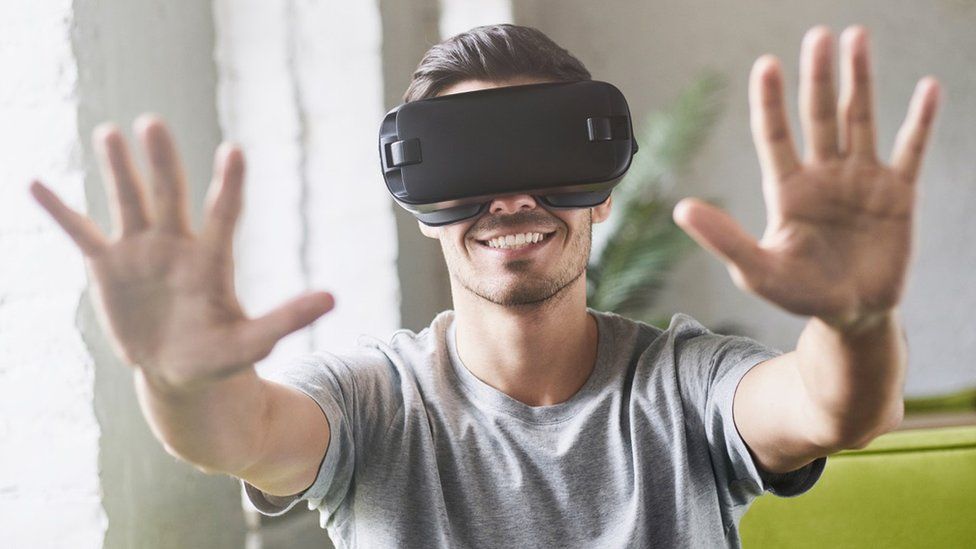Technology is crucial to our daily lives at work and for pleasure. Are VR headsets safe for the eyes? Because so many technologies are evolving quickly, it might not be easy to comprehend how each impacts our health. Video games and prolonged exposure to screens have long been controversial topics regarding eye health, especially in light of the impacts of computer screen strain.
VR introduces a new kind of screen time. But let’s understand what Ophthalmology in Dubai has to say. Though VR, meaning virtual reality, is not new, the phrase as we know it today was first used in the early 1980s. But only now has it been affordable for a larger audience.
How does VR operate?
Today, when we refer to “virtual reality,” we mean a dynamic, three-dimensional environment made possible by the advent of computers. Users may engage with this environment while inside and explore it, giving the impression that they are mentally and physically there.
You can find these components in a VR:
- A VR headgear that resembles a welder visor is the typical component of a virtual reality system.
- A device such as a laptop or a smartphone that creates 3D reality using the software.
- A connection that links the headphones to your device of choice, often an HDMI / USB-C cable.
- Some form of head and hand-based tracking system, with sensors and tactile feedback.
Every VR system aims to replicate an immersive, digital audiovisual encounter. It uses virtual reality headsets to produce a three-dimensional world as its primary display technology. A single display for each eye is included in each virtual-world headset, generating a stereoscopic effect that gives users the impression of depth. Autofocusing optics adapt the displays based on each unique eye movement or location.
VR is beneficial for vision
Although VR headsets may raise worries about potential damage to our seeing, they can also improve it. A virtual reality (VR) headset may be used to enhance eye coordination, control of the hands and eyes, depth perception, and response time under the supervision of an eye care specialist. Additionally, someone with lazy eyesight (amblyopia) may benefit from using a VR headset properly since it will improve their visual acuity. Furthermore, VR headsets are restoring sight to patients with impaired eyesight.
VR Disorientation and Eyesight Effects
Coping with some confusion while experiencing or following a virtual reality engagement constitutes one of the facts of the whole thing. It affects players to varying degrees. When utilizing VR, those susceptible to motion sickness and vertigo will exhibit heightened symptoms of disorientation. However, if you play for too long without a break, you risk being lost, as per the Eye Specialist. The level of confusion you will encounter also depends on the game you are playing, as per Eye Care Clinic.
Eye dryness
Virtual reality headphones can weigh anywhere from 300 grams to more than 1,000 grams, and wearing them for long periods can strain the skin around the eyes and sockets. According to the Best Eye Clinic in Dubai, they will also tire your eyes.
Furthermore, when performing visual tasks that demand focus, particularly in gaming, individuals are generally prone to blinking less than usual. Due to decreased blinking, the outermost layer of the eyes might dry up, leading to discomfort and dry eyes. This is especially true when using a VR headset, which may be cumbersome and uncomfortable.
What Happens If You Possess an Eye Disorder?
VR headsets might not impact 3D vision in ways not experienced by those with amblyopia (an inconsistency in optical strength across both eyes), strabismus, or other problems impairing focusing, sense of depth, or normal 3D vision. However, this does not imply that VR headsets may result in eyesight issues.
However, VR equipment may increase the likelihood of headaches &/or eye tiredness in kids and adults with these diseases. You ought to wear your glasses when utilizing a virtual reality headset if you need them to treat an eye condition or refractive defect.
